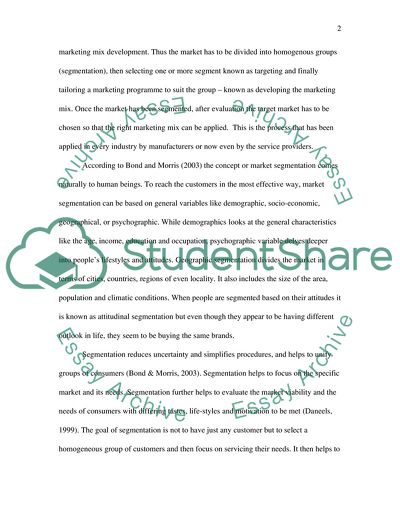Cite this document
(Market Segmentation Is Essential to Achieve the Optimum Marketing Mix Coursework - 1, n.d.)
Market Segmentation Is Essential to Achieve the Optimum Marketing Mix Coursework - 1. Retrieved from https://studentshare.org/marketing/1716351-marketing-management
Market Segmentation Is Essential to Achieve the Optimum Marketing Mix Coursework - 1. Retrieved from https://studentshare.org/marketing/1716351-marketing-management
(Market Segmentation Is Essential to Achieve the Optimum Marketing Mix Coursework - 1)
Market Segmentation Is Essential to Achieve the Optimum Marketing Mix Coursework - 1. https://studentshare.org/marketing/1716351-marketing-management.
Market Segmentation Is Essential to Achieve the Optimum Marketing Mix Coursework - 1. https://studentshare.org/marketing/1716351-marketing-management.
“Market Segmentation Is Essential to Achieve the Optimum Marketing Mix Coursework - 1”. https://studentshare.org/marketing/1716351-marketing-management.


